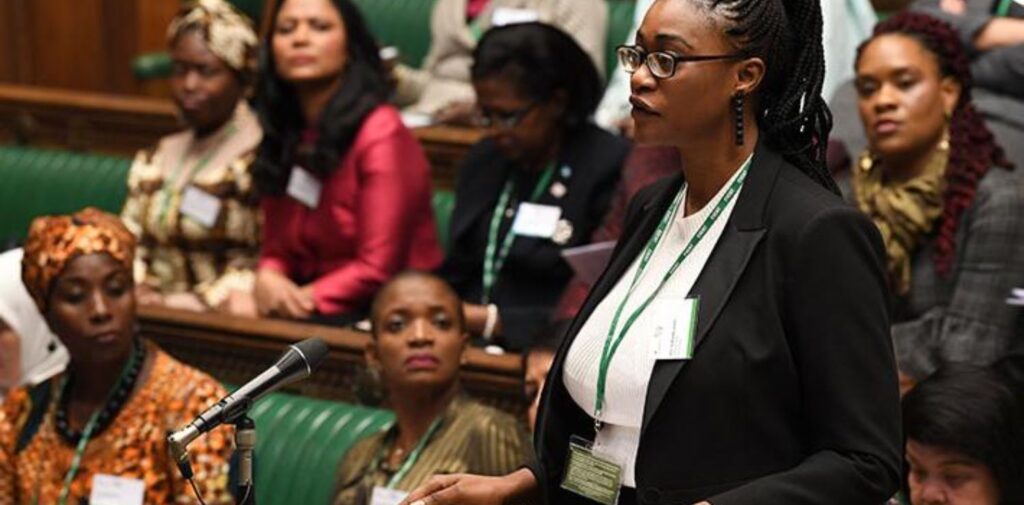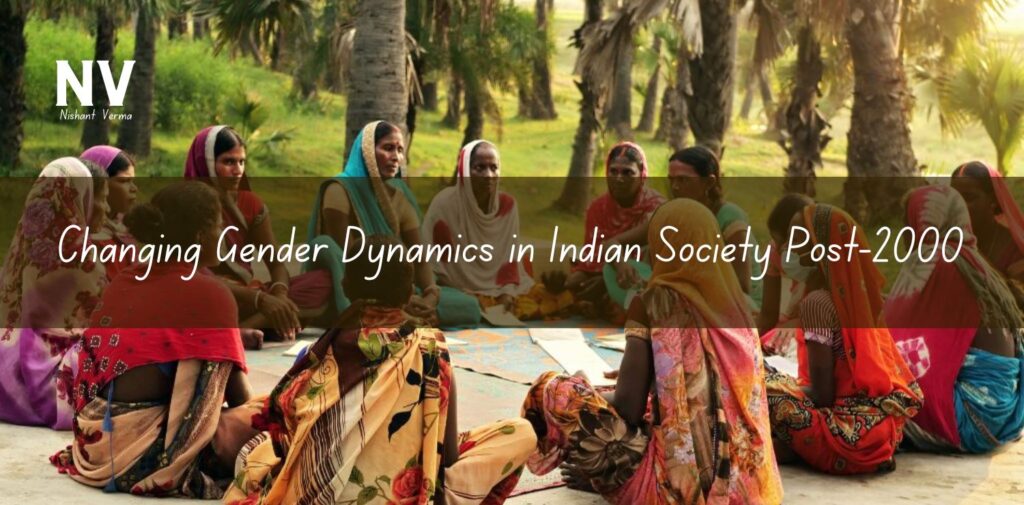India has seen remarkable transformations in its society over the past few decades. One of the most notable changes has been the evolving gender dynamics, particularly since the year 2000. While traditional gender roles have continued to shape the lives of many in the country, a growing movement toward gender equality has emerged. The impact of education, technology, social movements, and changing economic opportunities has contributed significantly to redefining the roles and opportunities available to men and women. This article explores the changing gender dynamics in Indian society post-2000, shedding light on the shifts in various spheres of life, including education, employment, social roles, and cultural perceptions.
The Rise of Women in Education and Workforce
One of the most striking changes in the gender dynamics in India since 2000 has been the increasing participation of women in education and the workforce. Traditionally, women were often limited to domestic roles, and education was not always seen as a priority for girls. However, in the 21st century, education for women has become a key focus for the Indian government and various social organizations. With initiatives like the Beti Bachao Beti Padhao scheme, there has been a noticeable increase in female literacy rates and enrollment in schools and colleges.
Women are now pursuing higher education at unprecedented levels and are entering fields once considered male-dominated, such as engineering, medicine, law, and business. This shift has allowed women to become more economically independent and self-reliant. The increasing number of women in the workforce has contributed to significant changes in family structures and expectations. Women have taken on roles as professionals, entrepreneurs, and leaders in various sectors. This change has not only improved their economic standing but has also challenged traditional gender roles in Indian society.

Social Movements and Changing Attitudes Toward Gender Equality
Social movements have played a significant role in changing attitudes toward gender equality in India. Over the years, women have actively demanded their rights, whether in the form of legal reforms, access to education, or protection from violence. The 21st century has seen the rise of several movements that have fought against gender-based discrimination and violence.
The feminist movement in India, while not new, gained significant momentum after the 2000s with the emergence of online platforms and social media. Women’s rights activists have used these platforms to raise awareness, organize protests, and demand accountability from the government. The 2012 Delhi gang rape case, for example, sparked widespread protests across the country and led to changes in laws related to sexual assault and violence against women.
The #MeToo movement also gained traction in India in the late 2010s, providing a platform for women to share their experiences of sexual harassment and abuse. This movement, coupled with increased media coverage of gender-based violence, has contributed to a significant shift in public attitudes toward the treatment of women. There is now a greater willingness to confront issues like domestic violence, sexual harassment, and unequal treatment in both public and private spheres.
Women in Politics and Leadership Roles
Another important aspect of changing gender dynamics in India is the growing participation of women in politics and leadership roles. Although women have been part of India’s political landscape for decades, the 21st century has seen a rise in the number of women taking on leadership roles. Leaders like Indira Gandhi, the first woman Prime Minister of India, had already paved the way, but post-2000, there has been a significant increase in the number of women entering politics at both the local and national levels.
In state legislatures and Parliament, there has been a gradual increase in female representation, though it remains lower than that of men. The Women’s Reservation Bill, which proposes to reserve one-third of the seats in Parliament for women, has been a topic of heated debate for many years. If passed, it could further empower women and ensure greater participation in decision-making processes.
Additionally, women have begun to assume leadership roles in businesses, NGOs, and civil society organizations. Women CEOs, entrepreneurs, and activists are becoming more visible, challenging long-held stereotypes about gender roles in leadership. Their success stories inspire other women to aim for positions of power, showing that gender should not be a barrier to leadership.

Changing Family Dynamics and Gender Roles
The gender dynamics within families in India have also undergone significant change in recent years. Traditionally, men were expected to be the breadwinners, while women’s roles were largely confined to homemaking and child-rearing. However, as women increasingly join the workforce and become more financially independent, there has been a shift in family responsibilities.
In many households, men are now more involved in childcare and household chores, as women pursue careers outside the home. This change reflects a broader shift in attitudes toward gender roles and responsibilities. Young men, particularly in urban areas, are increasingly rejecting traditional expectations of masculinity and are more open to sharing responsibilities at home.
The growing number of nuclear families, as opposed to extended families, has also contributed to changing gender roles. With fewer family members to share responsibilities, both men and women are stepping up to take care of home duties. While there is still a long way to go in achieving full equality in domestic chores, the change in family dynamics is a significant shift from the past.
Technological Advancements and Gender Empowerment
The rise of technology and the internet has played a crucial role in transforming gender dynamics in India. Access to the internet and digital platforms has provided women with opportunities for education, employment, and networking that were previously unavailable. Women in rural areas, for example, have been able to access online courses, e-commerce platforms, and remote work opportunities, which have helped them gain economic independence.
Social media has also given women a platform to voice their opinions, share their stories, and advocate for change. Online communities and support networks for women have blossomed, enabling them to connect with others who share similar experiences and challenges. This digital empowerment has enabled women to challenge patriarchal norms and fight for their rights more effectively.
Additionally, technology has facilitated the growth of women-led startups and businesses. Women entrepreneurs are now utilizing online platforms to reach global markets, sell their products, and grow their businesses. The ease of access to digital tools and resources has lowered the barriers to entry for women in the business world, helping them to thrive and break free from traditional constraints.

Challenges Still Ahead: Gender-Based Violence and Discrimination
Despite the significant progress made in gender dynamics, many challenges remain. One of the most pressing issues continues to be gender-based violence. While laws have been enacted to protect women from violence, there are still numerous cases of sexual assault, domestic violence, and harassment that go unreported or unresolved. The deeply entrenched patriarchy in many parts of India makes it difficult for women to fully exercise their rights, especially in rural areas.
Another challenge is the persistence of gender discrimination in the workplace. Despite laws that mandate equal pay for equal work, women often face pay disparities and are underrepresented in leadership positions. The glass ceiling remains a reality for many women in India, and societal expectations often limit their career advancement.
Furthermore, cultural norms and expectations continue to exert pressure on women, particularly in rural areas. Practices like child marriage, dowry, and the preference for male children continue to affect gender dynamics, despite efforts to combat them. Women in rural and conservative areas still face significant obstacles to achieving gender equality, and societal change is slow in these regions.
Conclusion: Changing Gender Dynamics in Indian Society
The changing gender dynamics in Indian society since 2000 reflect a broader shift toward greater gender equality. Women are increasingly participating in education, the workforce, politics, and leadership roles, and there is a growing recognition of the need for gender justice. Social movements, technological advancements, and changing family dynamics are contributing to this transformation, challenging traditional gender norms and roles.
However, challenges such as gender-based violence, discrimination, and deep-rooted cultural practices still need to be addressed. While progress has been made, the journey toward full gender equality in India is ongoing. As society continues to evolve, it is crucial for both men and women to work together to create a more inclusive, equitable future for all. The path ahead may be challenging, but the changing gender dynamics in India suggest that the country is moving in the right direction.




